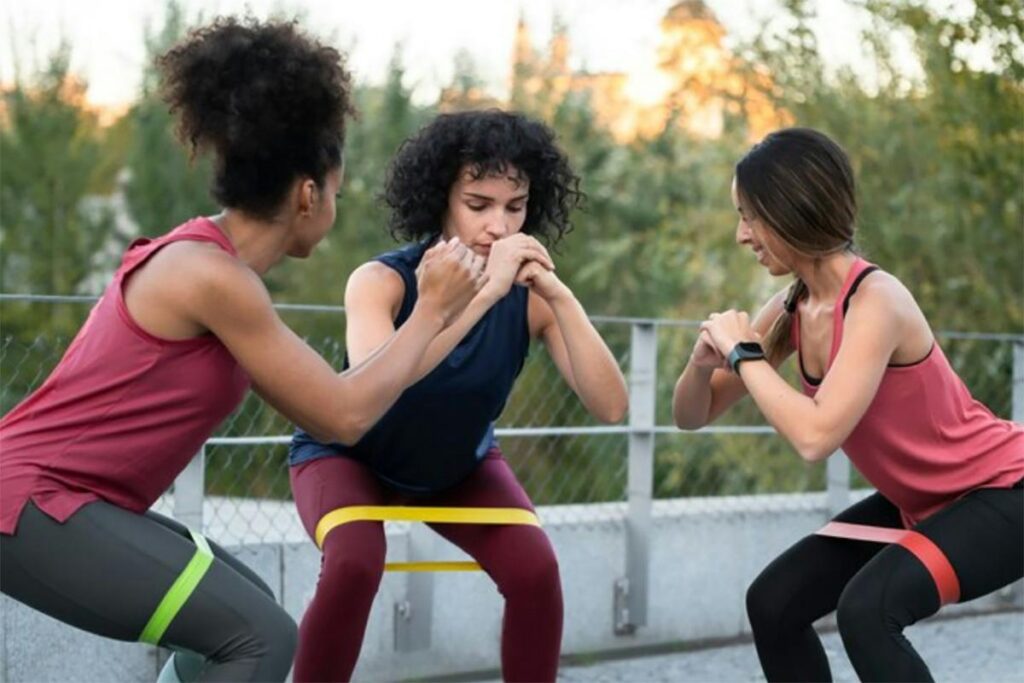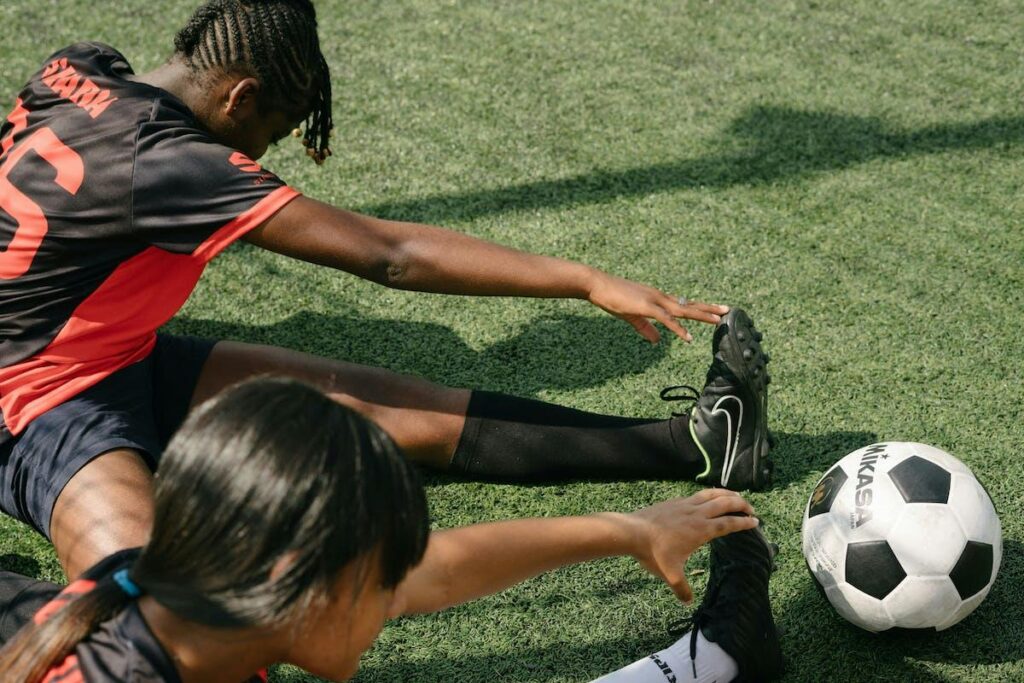
Introduction
Welcome to another insightful blog post from WildHawk Physical Therapy. In this exploration, we delve into the world of Posterior Cruciate Ligament (PCL) tears—a common yet often challenging injury faced by athletes. We’ll navigate the complexities of PCL tears, shedding light on the causes, symptoms, and, most importantly, the non-operative management strategies tailored for athletes seeking a path to recovery and performance.
Understanding PCL Tears: A Closer Look
The PCL is one of the four major ligaments in the knee, crucial for stabilizing the joint. PCL tears typically occur due to a direct blow to the front of the knee, hyperextension, or during high-impact sports activities. Unlike the Anterior Cruciate Ligament (ACL), PCL tears are less frequent but can significantly impact an athlete’s performance.
Diagnosing PCL Tears: Unraveling the Signs
- Mechanism of Injury:
- PCL tears often result from sudden, forceful impacts to the front of the knee. This can occur during sports like football, soccer, or in motor vehicle accidents.
- Hyperextension of the knee, especially when the foot is plantar-flexed, is another common mechanism leading to PCL tears.
- Symptoms:
- Athletes with PCL tears may experience pain, swelling, and a feeling of instability in the knee.
- The injured individual may notice difficulty walking or a sense that the knee is giving way, particularly when navigating stairs or uneven terrain.
- Athletes might describe a vague discomfort in the back of the knee or a feeling of “looseness” during activities.
Non-Operative Management: A Holistic Approach

- Early Intervention: The Cornerstone of Non-Operative Care
- Timely diagnosis is crucial for successful non-operative management of PCL tears. Early intervention allows for the implementation of targeted strategies to control swelling, manage pain, and initiate the rehabilitation process promptly.
- Physical therapists play a central role in guiding athletes through the initial stages of non-operative care, emphasizing the importance of protecting the injured knee and preventing further damage.
- Rehabilitation Exercises: Restoring Strength and Stability
- Non-operative management revolves around comprehensive rehabilitation exercises designed to address muscle imbalances, restore strength, and enhance overall knee stability.
- Targeted exercises focus on strengthening the quadriceps, hamstrings, and calf muscles. These muscle groups play a pivotal role in supporting the knee joint and compensating for the injured PCL.
- Balance and proprioceptive exercises are incorporated to improve joint awareness and prevent re-injury. These exercises are especially valuable for athletes looking to regain confidence in their movements.
- Progressive Loading Protocols: Gradual Return to Activities
- Athletes undergo progressive loading protocols, where the intensity of exercises is gradually increased. This stepwise approach ensures that the injured knee adapts to the demands placed on it, minimizing the risk of overloading and setbacks.
- Physical therapists collaborate with athletes to establish realistic timelines for returning to specific activities, considering individual progress, goals, and the nature of the sport.
- Functional Movement Training: Bridging Rehabilitation and Performance
- As athletes progress in their non-operative management, the focus shifts towards functional movement training. This involves sport-specific exercises that mimic the demands of the athlete’s chosen activity.
- Functional movement training aims to bridge the gap between rehabilitation and performance, ensuring that athletes regain not only strength and stability but also the dynamic skills required for their sport.
Nutritional Guidance and Recovery: Fueling the Healing Process
- Optimizing Nutrition for Healing:
- Nutrition plays a crucial role in the recovery process. Athletes are provided with nutritional guidance to support tissue repair, manage inflammation, and optimize overall well-being.
- Adequate protein intake is emphasized, as it contributes to the repair and regeneration of damaged tissues. Antioxidant-rich foods are also recommended to aid in reducing inflammation.
- Collaborative efforts with nutritionists ensure a holistic approach, addressing dietary needs that complement the non-operative management of PCL tears.
Psychosocial Support: Nurturing Mental Resilience
- Acknowledging the Psychological Impact:
- PCL tears can have a significant psychological impact on athletes. The fear of reinjury, frustration with the rehabilitation process, and concerns about performance can affect mental well-being.
- Psychosocial support is integrated into non-operative management, acknowledging the importance of mental resilience in the overall recovery journey.
- Athletes are provided with resources and strategies to cope with stress, anxiety, and any emotional challenges they may encounter during the rehabilitation process.
Conclusion
In conclusion, the journey of non-operative management for PCL tears represents a holistic approach to healing—one that goes beyond symptom relief to empower athletes on their path to recovery and performance. At WildHawk Physical Therapy, we stand alongside athletes, guiding them through personalized rehabilitation programs, nutritional support, and psychosocial resources. With a commitment to comprehensive care, athletes can navigate PCL tears with resilience and emerge stronger on the other side.
Frequently Asked Questions:
Q: Can athletes return to their sport after non-operative management of a PCL tear?
A: Yes, many athletes can successfully return to their sport after non-operative management of a PCL tear. The key is a comprehensive rehabilitation program that addresses strength, stability, and functional movements. The decision to return to sport is individualized and based on factors such as the athlete’s progress, goals, and the demands of the sport.
Q: How long does it take to recover from a PCL tear with non-operative management?
A: The duration of recovery varies among individuals and depends on factors such as the severity of the PCL tear, the effectiveness of rehabilitation, and the athlete’s adherence to the treatment plan. While some athletes may see significant improvement within a few months, others may require a more extended rehabilitation period.
Q: Can non-operative management prevent future knee injuries in athletes?
A: Comprehensive rehabilitation, including non-operative management strategies, can contribute to improved knee stability, strength, and overall function. Engaging in ongoing strength and flexibility exercises, as well as adhering to proper biomechanics, can help reduce the risk of future knee injuries.








